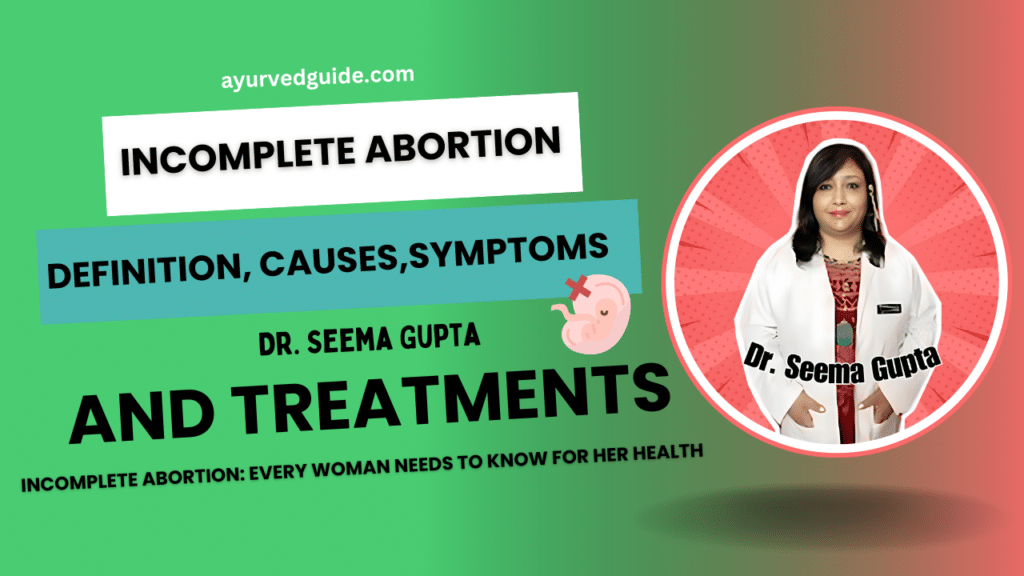Horizontal Line on Pregnancy Test Instead of Vertical: Urgent Alert
Brief Overview A horizontal line on a pregnancy test, instead of vertical, usually indicates a negative result, confirming the absence of pregnancy. This horizontal line serves as a control for ensuring the test’s functionality. To obtain reliable results, thoroughly follow the test instructions and interpret the lines within the timeframe allowed. . Pregnancy tests are supposed to show a clear result, but what does it mean if you see a Horizontal Line on Pregnancy Test Instead of Vertical? This surprising outcome can make you feel confused and worried, especially if you’re hoping for news about a possible baby or you have to avoid pregnancy for a strong reason. It’s important to understand what different test results mean for proper understanding. A horizontal line on a pregnancy test usually means the answer is negative, but there are some exceptions and things to keep in mind. “Explore test result tips in our Women’s Health Guide.” If you are trying to get pregnant or prevent pregnancy, understanding how to fix odd test results and make tests more accurate is very important. So in this article, let’s understand in detail about Horizontal Line on Pregnancy Test Instead of Vertical and what to do next. Understanding Pregnancy Test Result Types of pregnancy tests Pregnancy tests are essential tools for detecting pregnancy early. There are two main types: Urine tests Blood tests Urine tests are widely accessible and about 99% accurate when used correctly. Blood tests, while more sensitive, require a visit to a healthcare provider. 10 Reasons for Faint Line on Pregnancy Test How to read a pregnancy test correctly To ensure accurate results, follow these steps: Test Type Positive Result Negative Result Single-window Two lines visible Only the control line is visible Two-window Distinct color bands in both control and test regions Only the control line is visible Digital “Pregnant” or similar message “Not Pregnant” or similar message Common symbols and indicators Understanding test indicators is crucial for proper interpretation: It’s important to note that the test line may be less intense than the control line in positive results. If uncertain about the results, consult a healthcare provider for confirmation. Horizontal Line on Pregnancy Test: What It Means What Does a Horizontal Line Mean on a Pregnancy Test? A horizontal line on a pregnancy test can be confusing, especially when most tests are designed to show vertical lines. The meaning of a horizontal line can vary depending on the brand and type of test used. Explanation of a Horizontal Line Results Usually, a horizontal line on a pregnancy test is not a standard result. It may indicate: Possible Reasons for a Horizontal Line Reason Explanation Invalid Test The test may not have been performed correctly or may have malfunctioned Manufacturing Defect Rarely, a test may have a production issue causing an unusual result Improper Usage Not following instructions precisely can lead to unexpected results Early Positive In some cases, a faint horizontal line might indicate a very early pregnancy Faint Horizontal Line on Pregnancy Test A faint horizontal line can be particularly puzzling. It’s important to note that: Distinguishing Between Evaporation Lines and Test Lines To differentiate between an evaporation line and a true test line: Validity of the Test Result – Horizontal Line on Pregnancy Test Instead of Vertical A horizontal line instead of a vertical one often indicates an invalid test result. In such cases: Pregnancy Test Line Sideways A sideways or horizontal line is not typically how pregnancy tests are designed to display results. This unusual orientation may suggest: Faint Horizontal Line and Dark Vertical Line on Pregnancy Test Users might sometimes observe a faint horizontal line and a dark vertical line. This combination could indicate: Seeing a horizontal line on a pregnancy test instead of vertical can be confusing, but it’s crucial to understand whether it’s an evaporation line, a faulty test, or a real sign of pregnancy. To clear your doubts, compare it with the evaporation line vs faint positive guide to understand what’s really happening. If conception is suspected, look for early clues like the first 72 hours of pregnancy symptoms, and learn how to calculate your ovulation day for better planning in future cycles. Also, for those planning conception mindfully, Garbh Sanskar offers powerful Ayurvedic methods for maternal and fetal wellness. Horizontal Line on Pregnancy Test Instead of Vertical: Special Cases Pregnancy test horizontal line – Horizontal line pregnancy test – horizontal line in pregnancy test Horizontal Line on Pregnancy Test Instead of Vertical Twins No scientific evidence suggests that a horizontal line instead of a vertical one indicates twins. Multiple pregnancies are typically confirmed through other medical tests. Horizontal line in Prega News Horizontal Line on Pregnancy Test Instead of Vertical IVF For those undergoing IVF, any unusual test results should be discussed with the fertility specialist. A horizontal line does not have a specific meaning for IVF pregnancies. Horizontal Line on Pregnancy Test Instead of Vertical Clearblue The Clearblue pregnancy test displays results in the form of a “+” (plus) or “-” (minus) symbol. In the examples labeled “Pregnant,” the result window shows a clear “+” symbol, formed by a vertical line intersecting with a horizontal line. This indicates the presence of hCG hormone, confirming pregnancy. In the “Not Pregnant” example, the result window shows a single horizontal line, forming a “-” (minus) symbol. This indicates no detectable hCG hormone and suggests that the individual is not pregnant. Always ensure the control line in the smaller window appears. It verifies the test worked properly. If unclear lines or unexpected results appear, retake the test using a fresh one or consult a healthcare professional for confirmation. Understand how evaporation lines can add to test result confusion, especially when unusual lines appear. Only T Line on Pregnancy Test If only the T line appears on a pregnancy test and the C (control) line is missing, the test is invalid. This could happen due to an expired or defective test or improper usage. Discard the test and










